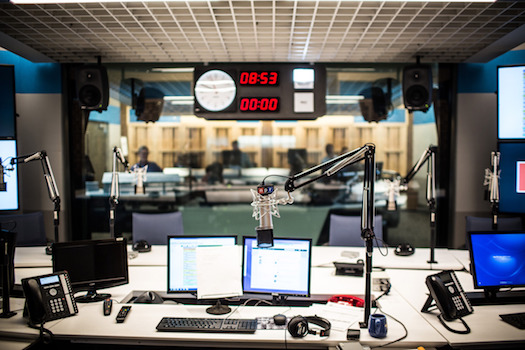Radio Tomorrow with James Cridland
NPR’s audience is up.
“The average weekly broadcast audiences of the top 20 NPR member stations continue to grow — from 8.7 million in 2015 to 11.2 million last year”, says an article in NiemanLab. They’re on record highs in terms of total audience.
NPR’s mobile apps are growing in use, too; and paid station membership – part of NPR’s funding – is also increasing, as is revenue overall.
Broadcast radio listening by 25-44 year-olds to NPR programming increased by 26% in 2016 (the company didn’t split ages out in their 2017 release). That’s a significant growth; but it’s also listeners who don’t typically listen to talk radio of NPR’s type.
So what’s making younger audiences listen to NPR?
Obviously, the news is one thing. That’s a large part of NPR’s output in any given week; and there’s certainly evidence that all news media has seen an uplift since the election of President Donald Trump. Whatever you might think of his politics, he’s certainly been newsworthy.
Another thing, though, is NPR’s distribution strategy. Their programming is, literally, everywhere. From podcasting to smart speakers, NPR is almost omnipresent on a connected device.
Podcasts are an obvious part of NPR’s strategy. They’re easily the world’s largest podcaster. Some programs make it directly onto podcast, while there’s a digital-first strategy for some programming – not least ‘Up First’, NPR’s daily podcast, which according to Podtrac is the third most-popular podcast in the US.
A second is their use of smart speakers. Amplifi Media report that between November 2017 and March 2018, NPR member-station streaming from Amazon Echo more than quadrupled; and Amazon and Google smart speakers account for over 16% of weekly total listening hours for NPR member station streams.
Their NPR One app is another important part. A personalised, skippable news radio stream, it delivers a different form of ‘radio’ which is much more suited to an interactive device like a mobile phone. It will, undoubtedly, gain them different listeners than a linear stream.
Back in the mid 2000s, when I was running Virgin Radio’s digital strategy, 20% of our superfans told us that they’d first heard the radio station online; and then found us on additional platforms, too – like broadcast radio. Digital undoubtedly added to the station’s audience figures.
NPR’s success seems to back that up. Be available on as many platforms as you can: and uniquely tailor your product for each of them if you’re able. If fusty old public radio can manage it….
About The Author
James Cridland, the radio futurologist, is a conference speaker, writer and consultant. He runs the media information website media.info and helps organise the yearly Next Radio conference. He also publishes podnews.net, a daily briefing on podcasting and on-demand, and writes a weekly international radio trends newsletter, at james.crid.land.
Contact James at [email protected] or @jamescridland

